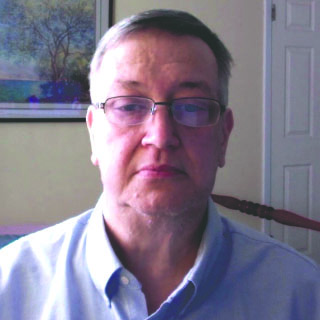848
This week’s Echo is not a well-researched exploration of a topic but rather an idea that hit upon me while doing such research. I will apologize in advance because two of the topics touched in this article are not particularly pleasant. The discuss
How some streets got their names
previous post



1 comment
Interesting Stuff. As an African American who lived in Minden since the 1960’s, (now) living in the Dallas area) I have always been interested in the history of the area. A question come mind; where did the economically challenged white people live in the area?
Comments are closed.